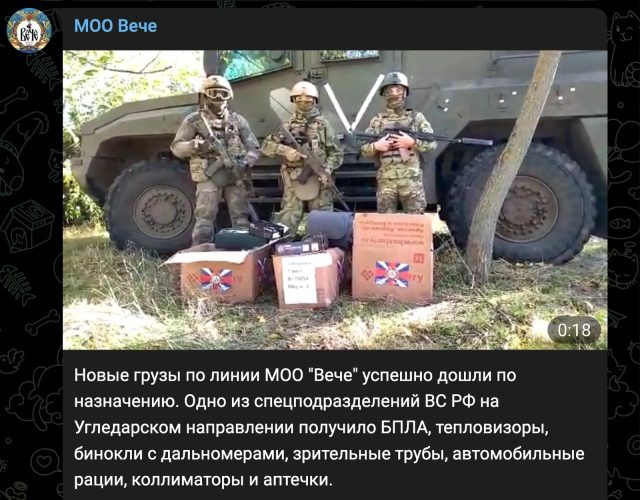
As Russian troops have flooded into Ukraine’s borders for the earlier 8 months—and with an ongoing mobilization of hundreds of 1000’s much more underway—the Western earth has taken drastic steps to minimize the economic ties that gasoline Russia’s invasion and profession. But even as those people world-wide sanctions have thoroughly excised Russia from international commerce, hundreds of thousands of pounds have ongoing to flow straight to Russian military and paramilitary groups in a sort which is proven more difficult to regulate: cryptocurrency.
Because Russia introduced its total-blown invasion of Ukraine in February, at the very least $4 million truly worth of cryptocurrency has been collected by groups supporting Russia’s army in Ukraine, researchers have identified. According to analyses by cryptocurrency-tracing corporations Chainalysis, Elliptic, and TRM Labs, as well as investigators at Binance, the world’s biggest cryptocurrency trade, recipients incorporate paramilitary groups providing ammunition and products, army contractors, and weapons suppliers. That circulation of funds, usually to formally sanctioned teams, shows no indicator of abating and may even be accelerating: Chainalysis traced about $1.8 million in funding to the Russian army groups in just the earlier two months, just about matching the $2.2 million it identified the teams received in the 5 months prior. And in spite of the skill to trace these money, freezing or blocking them has demonstrated tough, thanks mainly to unregulated or sanctioned cryptocurrency exchanges—most of them based mostly in Russia—cashing out millions in donations earmarked for invaders.

“Our goal is to establish all the crypto wallets getting employed by Russian military services teams and the people today supporting them to uncover, seize and block all this activity that is helping to purchase the bullets, the ammunition of this occupation,” states Serhii Kropyva, who right up until just lately served as deputy of Ukraine’s Cyber Law enforcement and advisor to the country’s prosecutor typical. “With the close cooperation of providers like Chainalysis and Binance, we can see all the wallets included in this criminal activity, these revenue flows of thousands and thousands of dollars. But we can, regretably, see that the transfer is continuing all the time.”
In independent reviews, the cryptocurrency-tracing companies and Binance’s investigations crew every single tracked donations to the Russian war energy that pretty frequently began with public posts on the messaging app Telegram soliciting crowdfunded donations. Chainalysis, for occasion, discovered Telegram posts from businesses which include the pro-Russian media web sites Rybar and Southfront, as very well as the paramilitary team Rusich—which has ties to the notorious Wagner mercenary group—all publishing cryptocurrency donation addresses to Telegram. These posts instructed followers that the cash elevated there would be employed for all the things from weaponized drones to radios, rifle add-ons, and overall body armor. In an additional instance, Chainalysis factors to a fundraiser by a team known as Challenge Terricon that tried to auction NFTs to support professional-Russian militia teams in Japanese Ukraine, while the NFTs have been removed from the market they were hosted on right before any bids ended up positioned.
Binance’s investigations crew, in its individual report, discovered that a complete of $4.2 million in crypto had been funneled to Russian navy teams given that February. The groups named in its exploration didn’t entirely overlap with people named in Chainalysis’ report, suggesting that the overall funding could be significantly better than possibly Binance’s or Chainalysis’ whole. Binance, for occasion, details to a pro-Russian “cultural heritage” team known as MOO Veche that has carried out fundraisers for military services gear equivalent to the varieties funded by the teams Chainalysis flagged. While Binance, TRM Labs, and Elliptic all identify MOO Veche as a major fundraiser, Elliptic traced $1.7 million in crypto donations to the group, much extra than the other researchers.

Telegram by using Andy Greenberg

